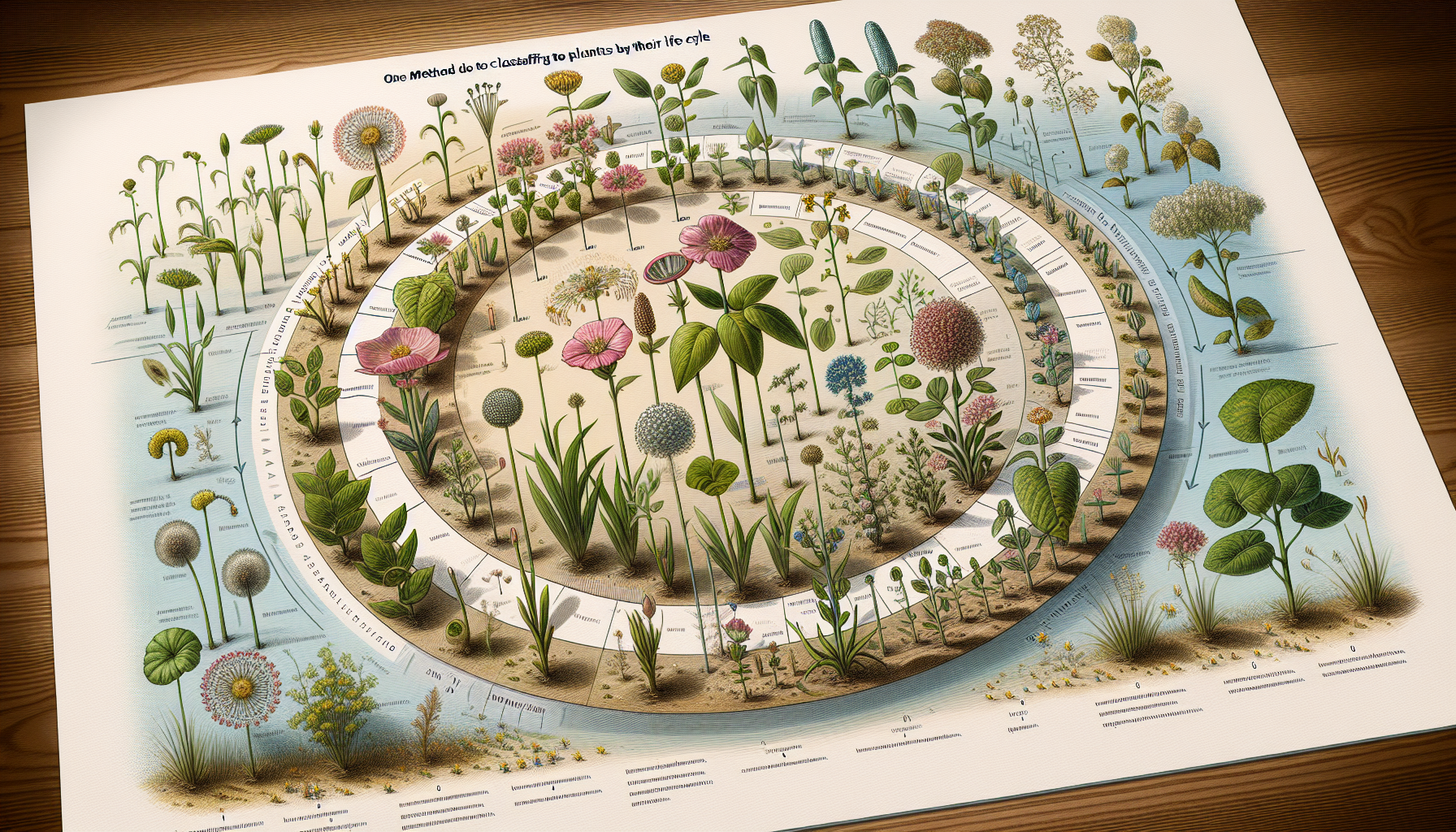
what is one way to classify plants
What Is One Way to Classify Plants?
Plants are an essential part of our ecosystem, providing oxygen, food, and shelter for countless species, including humans. With over 390,000 known plant species, understanding and categorizing them is crucial for scientists, gardeners, and nature enthusiasts alike. One common way to classify plants is by their life cycle.
Classifying Plants by Their Life Cycle
Classifying plants by their life cycle involves grouping them based on how long they live and grow. This method is straightforward and widely used because it helps us understand how plants develop, reproduce, and interact with their environment. Plants can be classified into three main categories based on their life cycle:
- Annuals: These plants complete their life cycle in a single growing season. From germination to flowering and seed production, everything happens within one year. Examples of annuals include marigolds and wheat.
- Biennials: Biennial plants take two years to complete their life cycle. In the first year, they typically grow leaves, stems, and roots, while flowering and seed production occur in the second year. Popular biennials include parsley and carrots.
- Perennials: Perennials live for more than two years, often growing and blooming season after season. They typically have a longer lifespan and can survive through varying weather conditions. Examples include hostas and lavender.
Why Is This Classification Important?
Understanding the life cycle of plants helps gardeners plan their gardens effectively. For instance, annuals are perfect for adding vibrant colors to a garden for one season, while perennials provide long-lasting greenery and blooms year after year. Botanists and ecologists also use this classification to study plant behavior, adaptation, and environmental impact.
Conclusion
Classifying plants by their life cycle is a simple yet powerful way to better understand the plant kingdom. Whether you're a gardener planning your next planting season or a botanist researching plant development, this classification provides valuable insights into how plants grow and thrive. To learn more about plant classification and gardening tips, visit Gardener's World.